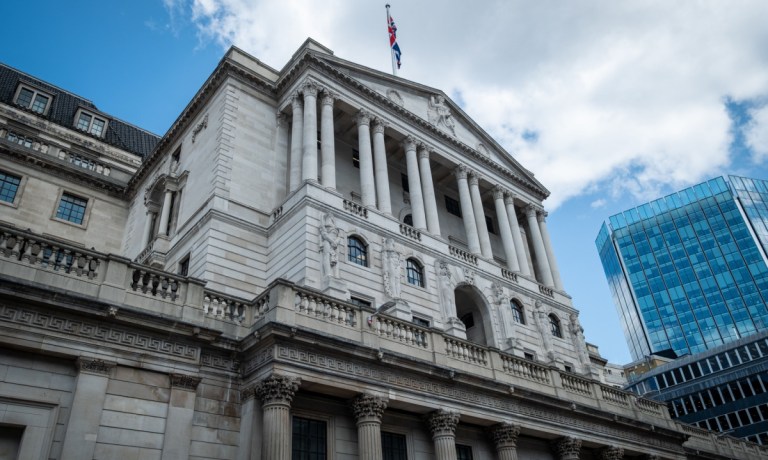Bank of England Official Says Technology Increases Risk of Bank Runs

With technology increasing the risk of bank runs, central banks must ensure that banks maintain appropriate liquidity insurance.
So said Andrew Hauser, executive director for markets at the Bank of England, during a Friday (Nov. 3) speech at King’s College London. As an example of that risk, Hauser pointed to the bank runs seen in the United States during the spring.
That’s one of the three biggest challenges facing central banks today, Hauser said.
Another challenge is judging where central bank balance sheets should settle as the makers of monetary policy return inflation to target, Hauser said.
The third challenge for central banks is determining how to ensure the stability of the financial system as systemic liquidity shocks become more common in both banks and non-bank market finance, Hauser added.
“These questions span the full width of the central banking remit — and their discussion therefore usually involvedifferent people, with different goals, analytical frameworks and policy tools,” Hauser said during the speech. “But there is one important common factor — and that is central bank reserves, the ultimate form of settlement and hence the safest and most liquid of all financial assets.”
In response to these challenges, the Bank of England is supplying a higher standing stock of reserves than it did before 2008, in order to maintain monetary control and micro- and macro-prudential stability, Hauser said.
The central bank is also continuing to work with others to deepen alternative liquidity sources and to explore how its toolkit could be calibrated “to return market incentives and disciplines more centrally to firms’ liquidity management,” Hauser said.
Many people got their first glimpse into what a bank run looks like in March, as account holders struggled to withdraw their money during the crises at Silvergate Capital, Silicon Valley Bank and Signature Bank, PYMNTS reported at the time.
A month later, in April, First Republic Bank said it would cut its workforce by as much as 25% and reduce expenses in an effort to strengthen its business after experiencing a bank run and getting support from 11 banks in the form of $30 billion in deposits.